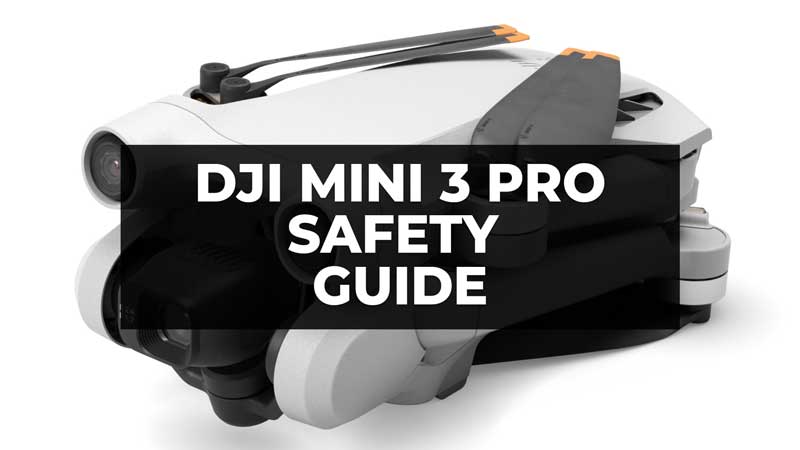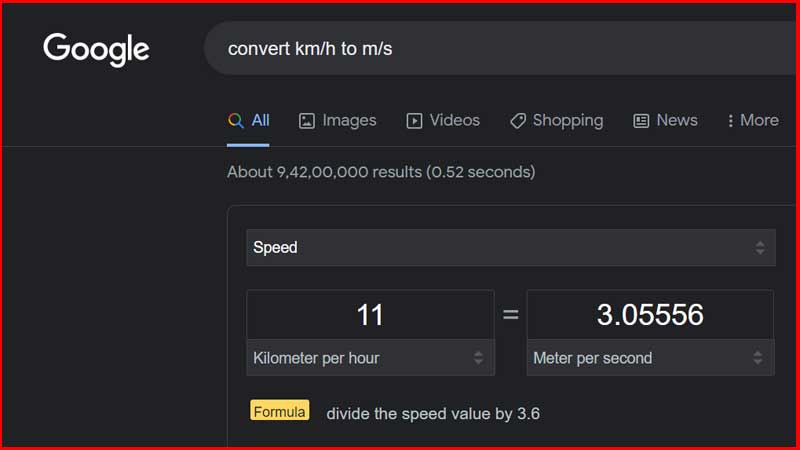
DJI Mini 3 Pro is a portable handheld drone that comes with four fan propellers and an obstacle sensor. It is designed in a way to avoid objects in between, hover around, and track down the user. In this article, you will learn about important points to handling DJI Mini 3 Pro flight. In simple words things you must know to avoid breaking DJI Mini 3 Pro. Details like max wind speed, altitude, height, etc. If you are unaware of these specs, do read this article well, it is a costly piece of gadget.
How far can I fly DJI Mini 3 Pro? (Max Altitude and Distance)
There are laws related to max Drone Altitude Limit. Both in US and UK you can fly a drone max up to 120 meters (400ft). You can set the max altitude limit via DJI Fly App if you are using the old remote controller. But if you have a new one with the display on it then this limit is set by default. However DJI drones can still fly higher, but due to local law, it is not allowed to do saw.

- Max Legal Altitude Limit to fly DJI Mini 3 Pro – 400 feet (120 meters) in US and UK.
- Max Altitude Limit DJI Drones Can Reach – 1600 feet (500 meters)
Height and Speed are visible on the bottom left side of the DJI RC Remote. You will have to keep an eye that you do not exceed the same above 400 feet. The drone app auto-applies the limit, you can modify the same from the settings menu. Tap on the top three points on the right top and go to Safety. You can also set a home point that will let you enable Auto-Landing in DJI Mini 3 Pro. As per the official manual, the drone can take a max flight altitude of 500m. This completely relies on the flight regulation laws of your country or region. Do check that first and then proceed with using the same.
Drones are also restricted on the basis of their size. A model like DJI Mini 3 Pro falls below 250gm which puts it in Nano Drone Category. They have minimum regulation in terms of flying licenses and government-related permission. Below is the size comparison of Drones also called as UAS (Unmanned Aircraft Systems)
- Upto 250 gm – Nano Drone
- 250 gm to 2 kg – Micro Drone
- 2 kg to 25 kg – Small Drone
- 25 kg to 150 kg – Medium Drone
- 150 kg above – Large Drone
What is the Max Flying Speed I can get from DJI Mini 3 Pro?
DJI Mini Pro can handle a max wind speed of 10.7 m/s (Level 5). Commonly called Level 5 wind resistance, you can fly DJI Mini Pro at 24mph safely. If the wind speed is higher than the limit the drone can lose balance and fall off. DJI Mini 3 Pro’s weight, motor power, and battery capacity play a vital role in overall flight performance. If the drone is pushed above the wind speed limit then the drone might swing more sideways to maintain balance. If you see this happening land the drone, and fly it when the wind settles down. You can use a weather app to find the current wind speed. Most of them will give you wind speed in km/h i.e. kilometers per hour. You can convert that to a meter per hour and find out the wind speed. Here is how to do that.
How to get current Wind Speed?


If you have an Android mobile phone then the default weather app can give you details on current wind speed. Instead of going out you can check the current wind speed and then plan your flight sessions. To get Wind Speed in m/s (meter per second) just search for “convert km/h to m/s” in Google. Type the value and you will get the exact details on Wind Speed in m/s. So remember DJI Mini Pro can handle a max wind speed of 10.7 m/s (Level 5).
Can I fly DJI Mini 3 Pro in Rain? Is it Waterproof?
DJI Mini 3 Pro is not waterproof. You cannot fly it in rain or in rain-like conditions. This can permanently damage the drone. In case for some reason, if DJI Mini 3 Pro comes in contact with water, call the drone back for a safe landing. Let it dry completely, there must be no water traces on the body and then fly again.
DJI Mini 3 Pro has an infrared sensing system. With this, it also has Forward, Backward, and Downward Visions system. This controls the drone hovering while flying indoors or outdoors. Also, it plays a vital role in automatic return to home. DJI Mini 3 Pro’s Downward Vision system may not properly if flying over water. So when you are using it on a boat, or on an island where water is around, there are chances the drone might fail to calculate the landing point and can fall into the water.
In case you need to fly it over water, switch to manual landing. Guide the drone well on a thick surface to land, to avoid any permanent damage. The downward Vision system works best at an altitude of 0.5 to 12 meters. That is between 1.6 feet to approx 39 feet.
When Not To Fly DJI Mini 3 Pro?
To safely fly DJI Mini 3 Pro you must know the limitation of the Vision System and Infrared Sensing System. Keep a close eye on the DJI Fly app, it will pop out a warning on the screen. Here are some conditions you must avoid using DJI Mini 3 Pro.
- Do not fly over Highly Reflective Surfaces, it can affect the drone’s vision.
- Do not fly over sea or water.
- DJI Mini 3 Pro relies on GNSS Signal, if that is not available then avoid flying above 35 feet.
- Do not fly over monochrome surfaces like pure black or white or green surface.
- Do not fly over transparent surfaces.
- Avoid flying over moving objects.
- Avoid flying in areas with sudden or drastic light changes.
- Avoid flying in pitch-dark conditions.
- Avoid flying over mirrors, it absorbs infrared waves.
- Avoid flying over objects with clear patterns or textures
- Do not fly in Rain and Foggy areas.
Always clear the sensor before using DJI Mini 3 Pro. Go for a short altitude test flight and check the Return to Home feature. If you are not using it much then always calibrate the Vision System Camera before using it.
